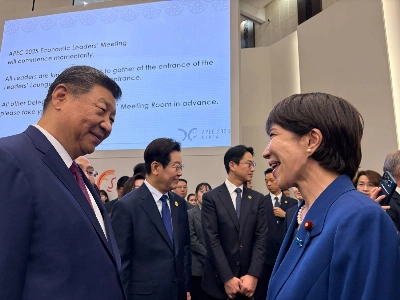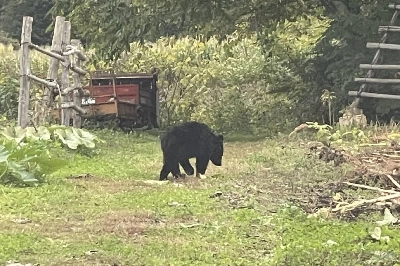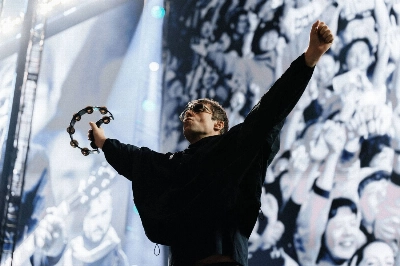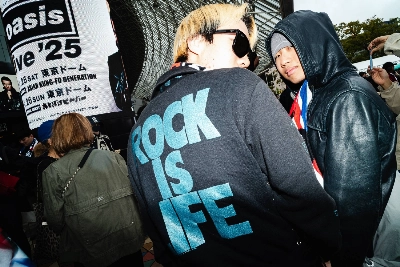Painting landscapes with oils in the open air has now become a universally recognized practice, but it was not always so. "The Romantic Prospect: Plein Air Painters 1780-1850" currently running at the Shizuoka Prefectural Museum of Art -- deals with a period in which painters famously started to go outdoors and represent what they saw with oils at the scene -- a departure from the earlier practice of painting landscapes in studios and a decisive move toward the modern notion of landscape paintings.
Typically, toward the end of the 18th century, painters started taking easels, brushes and oil colors to outdoor locations and painting the landscape on the spot.
While many painters from northern European countries -- most famously perhaps John Constable (1776-1837) and J.M.W Turner (1775-1851) from England -- engaged in this practice for their larger works, it is only recently that the practice of making an oil (as opposed to watercolor) study or etude first, has been seriously studied in the art world.

















With your current subscription plan you can comment on stories. However, before writing your first comment, please create a display name in the Profile section of your subscriber account page.